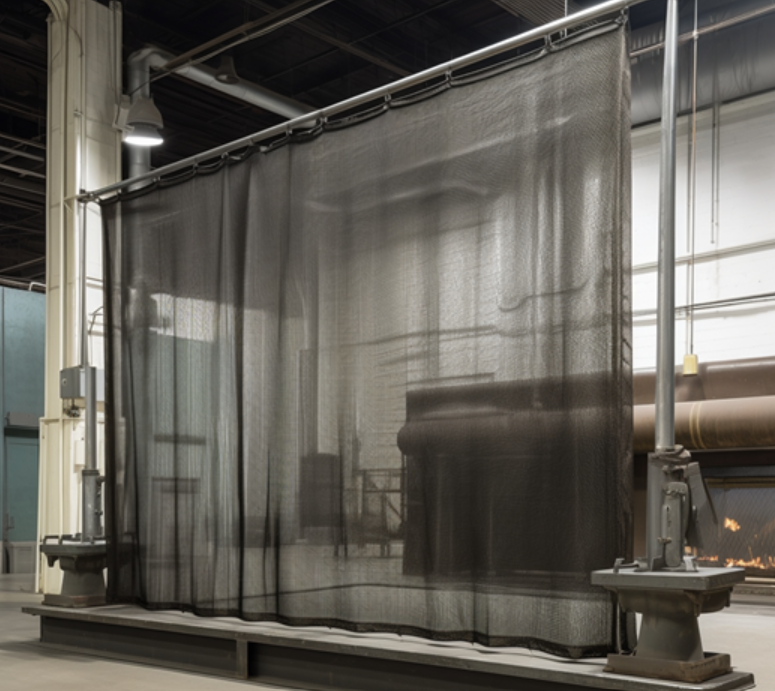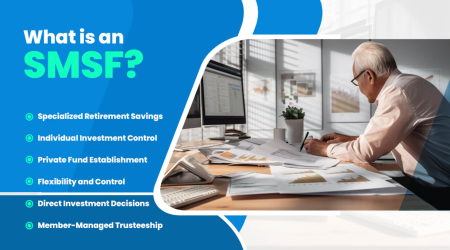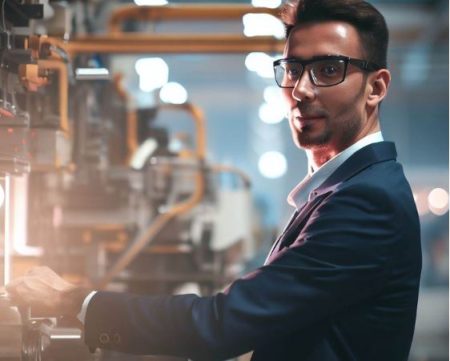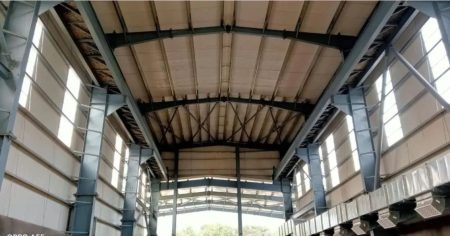In workplace safety, every measure counts. From implementing safety protocols to investing in protective gear, businesses continually seek innovative solutions to reduce risks and create secure workplace environments. The mesh curtains emerge as a versatile tool, offering a unique blend of functionality and practicality. In this comprehensive guide, you’ll delve into the transformative impact of these curtains on workplace safety.
Understanding Mesh Curtains: Functionality and Design
These curtains are constructed from durable materials such as woven metal or synthetic fibers, and serve as flexible barriers within various industrial and commercial settings. Unlike traditional solid barriers, they provide visibility while effectively containing hazards. Their open-weave design allows airflow, maintaining ventilation without compromising safety.
Versatility in Application
One of the most compelling aspects of these curtains lies in their versatility. These curtains, from manufacturing facilities to warehouses and construction sites, find their places across diverse industries. They effectively cordon off dangerous machinery, delineate work zones, and offer protection against airborne particles without obstructing visibility. Moreover, their adaptability extends beyond conventional uses, as they can be employed in outdoor settings to create temporary enclosures or barrier systems during events or construction projects. This versatility makes mesh curtains valuable for businesses seeking flexible solutions to address various safety challenges across different operational environments.
Enhanced Safety Protocols
They seamlessly integrate into existing safety frameworks and bolster workplace safety by providing additional protection. By clearly delineating hazardous areas, they serve as a visual cue for employees to exercise caution and foster a culture of safety awareness. Moreover, their transparent composition enables continuous monitoring, empowering supervisors to address any safety breaches or emergencies that may arise promptly. This proactive approach to risk management enhances overall safety protocols, instilling employee confidence and mitigating potential workplace hazards.
Reducing Risks in High-Traffic Areas
Maintaining safety can be particularly challenging in workplaces characterized by high foot traffic. They provide a solution by creating clear pathways and segregating work zones, reducing the risk of accidents caused by collisions or distractions. Their flexible design allows for easy installation and adjustment, adapting to evolving operational needs.
Improving Ergonomics and Workflow Efficiency
Beyond safety considerations, they contribute to enhanced ergonomics and workflow efficiency. By delineating workspaces, they minimize distractions and promote focus among employees. Additionally, their lightweight construction facilitates ease of movement, allowing for seamless navigation within the workplace.
Compliance with Regulatory Standards
In an increasingly regulated environment, businesses must prioritize compliance with safety standards. They are designed to meet stringent regulatory requirements and provide assurance of adherence to established norms. By investing in these solutions, organizations demonstrate their commitment to employee well-being and regulatory compliance.
Customization for Specific Requirements
Recognizing that every workplace is unique, manufacturers offer customization options. Whether it’s size, color, or mounting configuration, businesses can tailor these solutions to meet their specific requirements. This flexibility ensures seamless integration into existing infrastructure and workflows.
Long-Term Cost Savings
While the initial investment in these curtains may seem significant, their long-term benefits outweigh the costs. By preventing accidents and injuries, these curtains reduce downtime associated with workplace incidents. Moreover, their durable construction ensures longevity, minimizing the need for frequent replacements.
Environmental Sustainability
Sustainability has become a key business consideration in an era of increasing environmental awareness. These curtains are crafted from recyclable materials and designed for durability, align with sustainable practices. By investing in these eco-friendly solutions, organizations demonstrate their commitment to reducing their carbon footprint.
Energy Efficiency Integration
These curtains contribute to environmental sustainability through their material composition and their impact on energy efficiency. By allowing natural light to penetrate workspaces, these curtains reduce reliance on artificial lighting, thus lowering energy consumption. This integration of energy-efficient design principles further underscores the environmental benefits.
Waste Reduction Strategies
These curtains contribute to environmental sustainability through their recyclable materials and support waste reduction strategies within the workplace. Unlike traditional barriers prone to frequent replacement, they boast longevity and durability. This longevity translates to reduced waste generation over time, minimizing the environmental impact associated with disposal.
Additionally, the modular nature of these curtains allows for easy repairs and replacements of individual components, further extending their lifespan. By implementing these curtains, businesses can actively contribute to waste reduction efforts while enhancing workplace safety and efficiency. These curtains are a transformative solution for enhancing workplace safety. Their versatile design, combined with customizable options, addresses many safety challenges across industries.
By investing in these curtains, businesses reduce risks, ensure regulatory compliance and foster a culture of safety and well-being among employees. As workplaces evolve, embracing innovative solutions like these curtains becomes imperative for safeguarding the health and productivity of the workforce.














